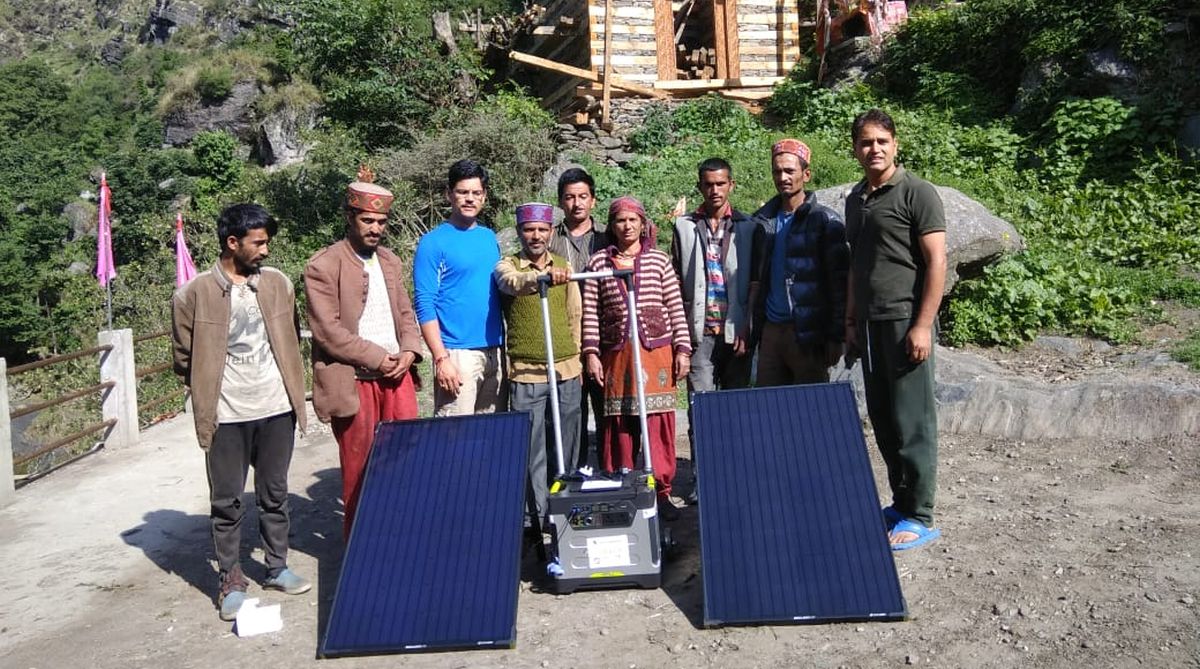Indian exponents of occidental music
The British Raj had once introduced occidental music, namely western classical music, to this city when they reigned supreme in an era long gone into the past.

The era of darkness is over for them, but only after 71 years of independence.
Thanks to spirited volunteers with Centre for Sustainable Development in Mandi (NGO), over 220 folks in three interior villages, inaccessible by road, in Kullu district of Himachal Pradesh got their homes illuminated with electricity last month only.
Solar power equipment worth Rs 65 lakh was arranged through individual networking and installed in villages, facilitating every household and the community at large for social gatherings.
The non-electrified villages Shakti, Maror and Shugad under Gadaparli panchayat in Banjar subdivision are near the Himalayan National Park.
Advertisement
Around 54 households here were not dislocated from the area as their local deity ‘Adi Brahma’ didn’t want it. They chose to live in isolation in wild life sanctuary, with negligible education, health and other facilities. The poor folks earn their livelihood by collecting medicinal herbs.
But it wasn’t an easy task for the Centre for Sustainable Development, whose mandate it to pitch in for people’s help in any social activity, including environment, health and education.
The villages involve a tough trek of eight to nine hours from the nearest road head Niharni.
“I had visited the area in 2012 with my friend, Jitender (Chairman of the Centre) for tourism. When we saw the darkness there, we made up our mind to help people and looked for options all these years,” Praveen Sharma, Executive Director, Centre for Sustainable Development told The Statesman.
The duo formulated a project for lighting up villages and were finally able to get support of two Indians settled in US, who provided solar equipment (of American company) worth Rs 65 lakh free of cost, but only after having a feel of the ground situation in villages.
“Winning faith of locals that we are helping them was difficult. Another challenge was transporting the heavy equipment (over 20 tonnes), but we accomplished it parts on mules. It took a fortnight to install the equipment,” said Sharma.
He shared that it involved six years of continuous effort, but every house in the village now has a solar power generator of 400 Watts (portable), which can run eight bulbs, LED, Television and recharge mobiles.
It can generate power to the extent of 220 Watts. Besides separate equipment for primary school, the temple has been provided with a bigger 1250 Watts generator for community use. The people are now happy as they find that electricity has made their life easier than before.
“Although the solar power has turned out to be a great help for these villagers, we are planning to tie up for hydro project of small capacity for better sustainability of power for them,” he said.
It is pertinent to mention that there were sporadic efforts by individuals to arrange solar power for villagers earlier also, but they weren’t sustainable for inaccessibility.
Advertisement